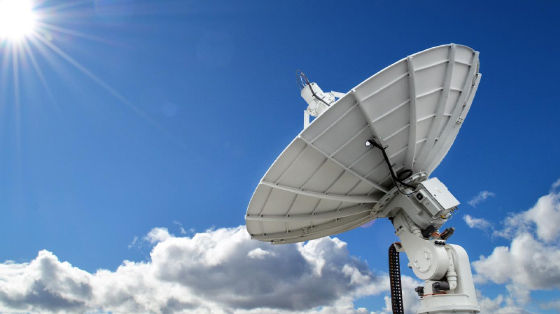Popular Products
PGA4311UA PGA2320IDW TAS3108DCP MAX5440EAG+ INA1651QPWRQ1 DRV134UA DIR9001PW DIT4192IPW ZL38051LDF1 PCM9211PTAddressing Connection Concerns with the Increased Use of Antennas
3/9/2023 11:26:58 AM
By now, you have probably heard of IoT (Internet of Things). IoT is the name given to smart devices that are able to transmit anonymous data over a wireless network using antennas. Wireless devices are a normal part of our day, and even mundane products can have a huge impact. Items such as wireless ear buds, smart watches, and even sensors used to monitor crops and weather conditions for agriculture are part of IoT.

The increase in wireless IoT applications has forced many component manufacturers to retool some commonly used parts, including antennas, to transmit signals and data. Some devices are able to use currently available antennas, but miniaturization of devices has decreased available PCB space. This change has led to innovation in antenna technology and support services.
Antennas in IoT
There are three general types of antennas used in IoT: wire antenna, PCB/trace antenna, and chip antenna. Each type has its pros and cons.
Common types of Antenna topologies in IoT:
Wire Antenna
Low cost
Easy design
Space constraints
PCB / Trace Antenna
High performance
Needs sometimes matching
Needs RF expertise
Chip Antenna
Small size
Easy to integrate
Needs usually matching
Multilayer Chip Antennas
Multilayer chip antennas, specifically, have been developed to address the decreased space on the PCB common in smaller IoT devices. Multilayer chip antennas having many benefits including:
Multilayer ceramic structure
High permittivity ceramic mix
Omni-directional radiation pattern
Easy to integrate
Low profile

- Help you to save your Cost and time.

- Reliable package for your goods.

- Fast Reliable Delivery to save time.

- Quality premium After-sale service.
